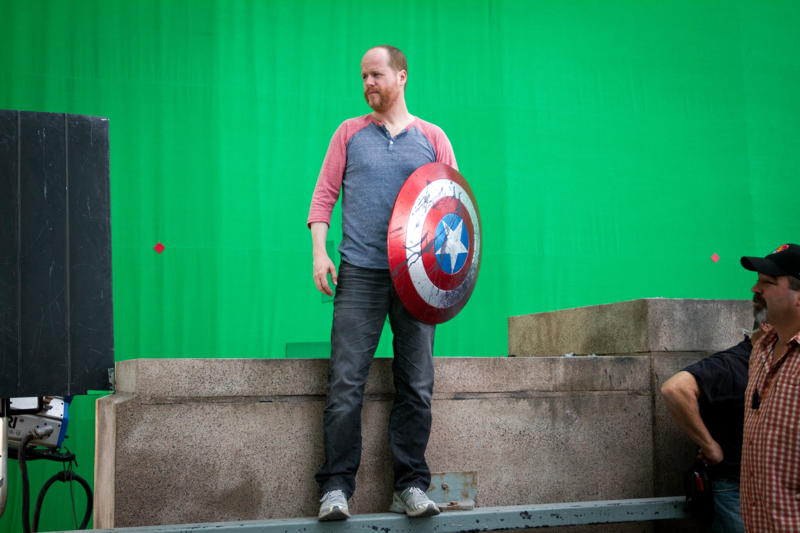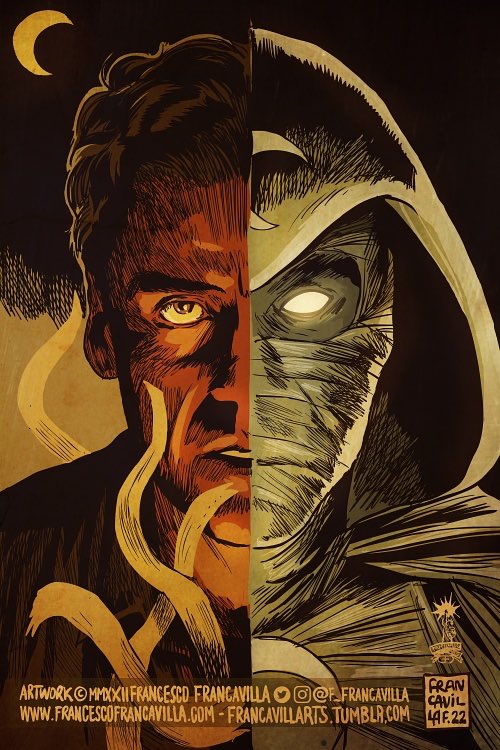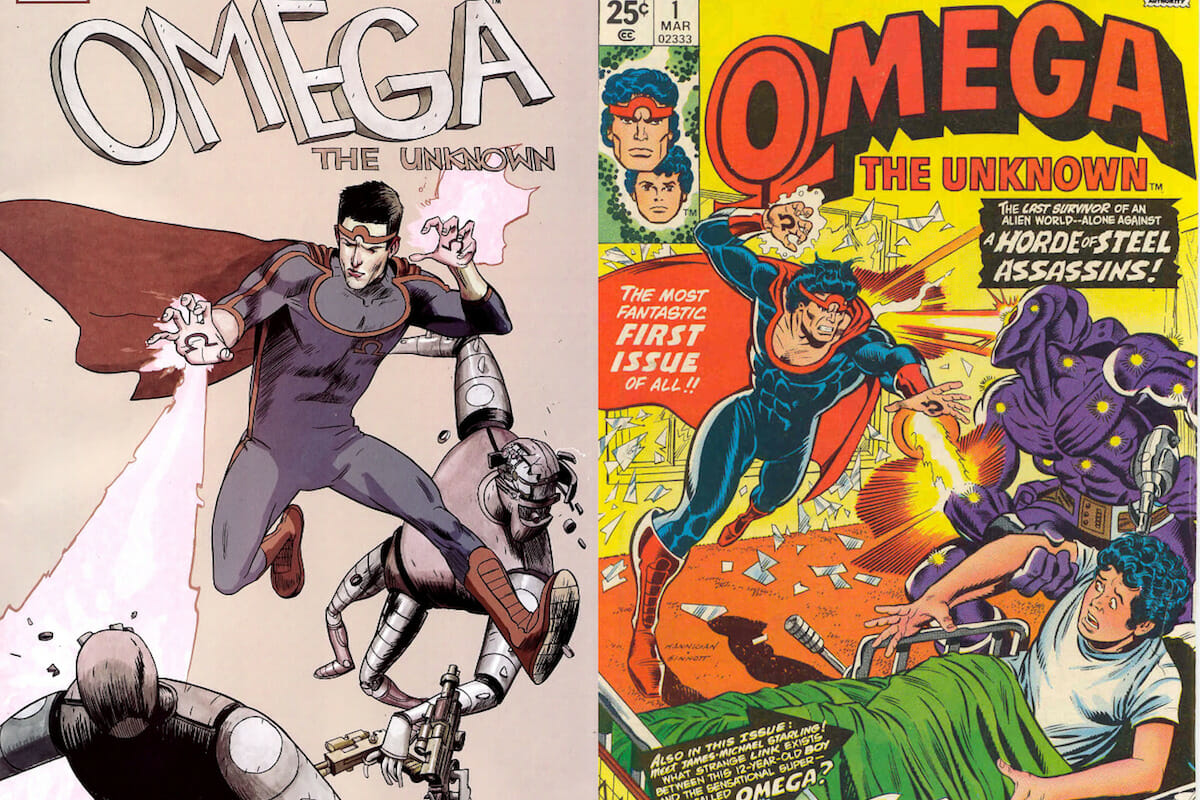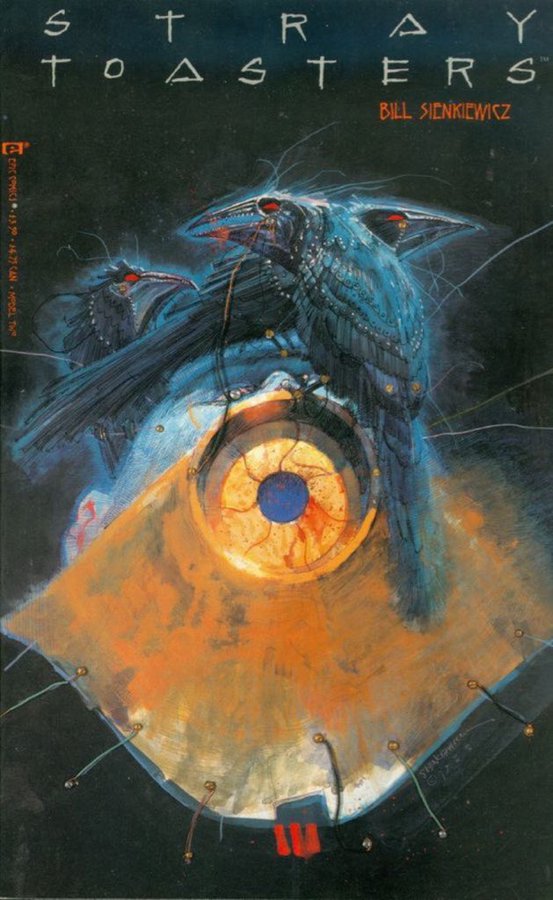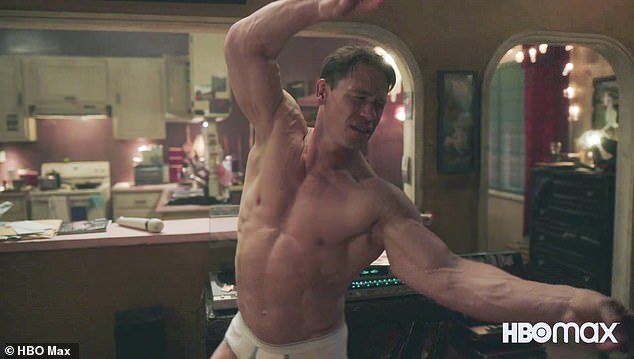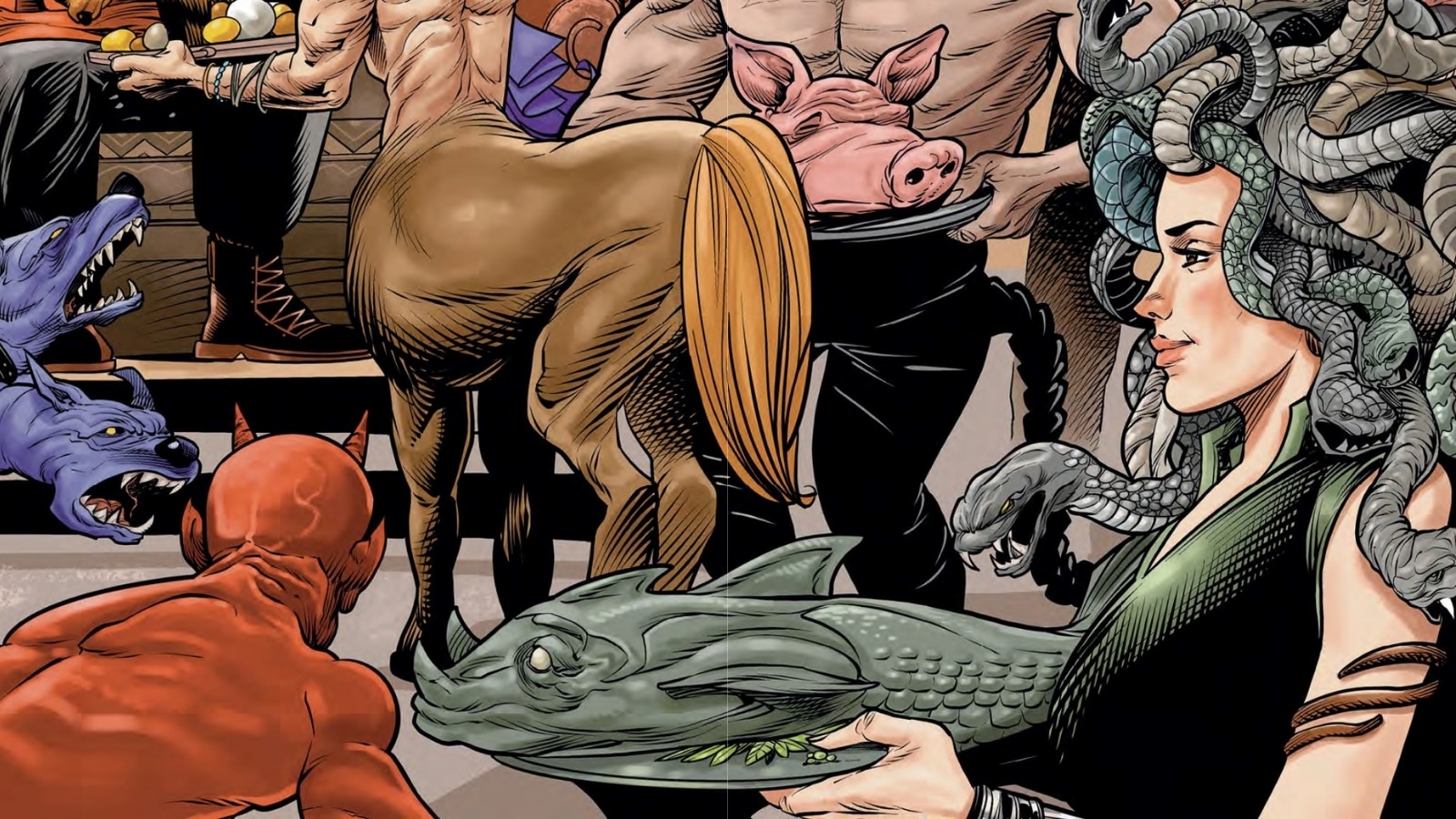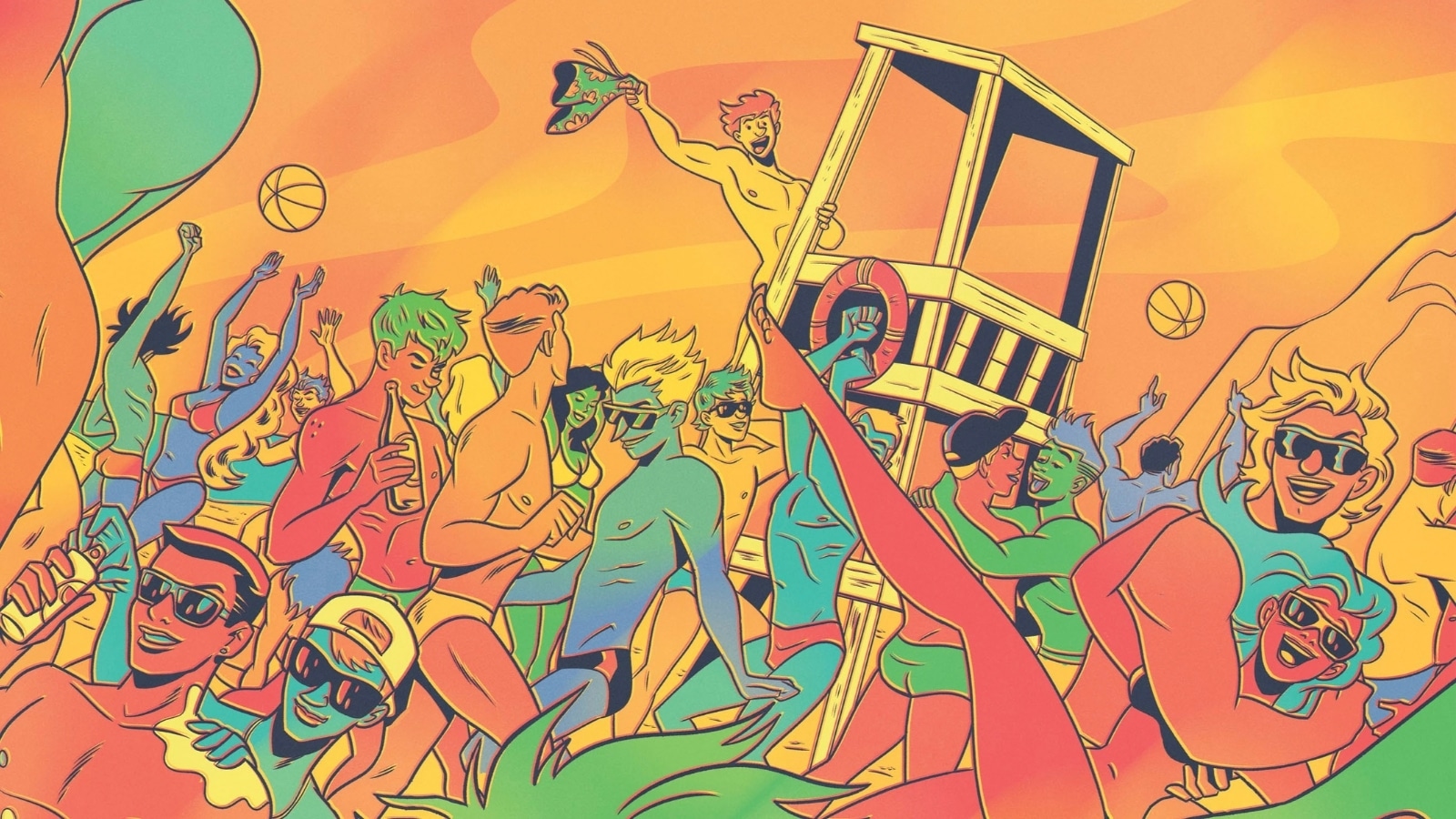§ Nice Art: Francesco Francavilla drew Oscar Isaac as Moon Knight and after that trailer we’re ready.
§ We’ve heard Zack Snyder’s side of things, and Ray Fisher’s side of things, but Joss Whedon has remained mostly silent about Justice League – even as allegations of his toxic behavior on that set and throughout his entire career piled up. Fisher accused Whedon of inappropriate behavior; Gal Gadot said he was abusive; even Ben Affleck has alluded to misery on the set. “I didn’t like being there. I didn’t think it was interesting. And then some really s—ty things, awful things happened.”
And now we know why Whedon has not responded to interview requests: he has very little understanding of the effects of his toxic behavior. In one of the most cringe interviews of all time, Whedon spoke with New York magazine, and pretty much threw everyone under the bus, claiming Gadot didn’t understand English enough to know what he was saying (she does), Fisher was a bad actor with a bad storyline (the restored Cyborg portion of Zack Snyder’s JLA was one of the most praised parts of it), and basically whining that he is a misunderstood nice guy that everyone has been dumping on. But New York writer Lila Shapiro interviewed many many Whedon associates and their stories paint a picture of someone acting out their own insecurities with a toxic power trip.
A Firefly writer remembered him belittling a colleague for writing a script that wasn’t up to par. Instead of giving her notes privately, he called a meeting with the entire writing staff. “It was basically 90 minutes of vicious mockery,” the writer said. “Joss pretended to have a slide projector, and he read her dialogue out loud and pretended he was giving a lecture on terrible writing as he went through the ‘slides’ and made funny voices — funny for him. The guys were looking down at their pages, and this woman was fighting tears the entire time. I’ve had my share of shitty showrunners, but the intent to hurt — that’s the thing that stands out for me now.”
All too familiar a tale in Hollywood, alas. The interview was conducted early last year, and one might hope Whedon’s therapy sessions have been going better since then, but if he hoped he might get out of jail, the universal reaction after reading this was to throw away the key. (Both Gadot and Fisher gave tart responses.)
In some ways the rise and fall of Whedon is the story of how nerds took over the world – it may be hard to believe now, but in the Aughts he was the King of the Nerds, one of our own made good, Buffy was a pinnacle of girl boss empowerment, and the fan site Whedonesque was a vastly popular portal for his work and occasional interactions with fans. (The site shut down after Whedon’s first wife revealed his abusive behavior.)
After reading the New York story, we know he was interacting with fans a lot more than that – having affairs with several including a young writer from a pop culture site who interviewed him. All in all it’s a deeply disappointing portrait.
Whedon’s toxic behavior has been dissected and dissed everywhere on the internet by now, so I’ll restrict my comments to a few other pieces of the story. As far as taking over Justice League goes, Whedon does make one accurate statement: “He now regards this decision as one of the biggest regrets of his life.”
When Whedon took on The Avengers it was hailed as a triumph by comics fans, and the first two movies were huge box office successes. But his role on Justice League was a disaster from jump.
At first, the studio executives told Whedon his role would be restricted to writing and advising, but soon it became clear to Whedon they had lost faith in Snyder’s vision and wanted him to take full control. (A representative from Warner Bros. denied this. Snyder has publicly stated he left the project to spend time with his family; his daughter had died by suicide two months earlier.) Whedon, now installed in the director’s chair, oversaw nearly 40 days of reshoots, a complicated and laborious undertaking. From the start, things were tense between him and the stars. It wasn’t just that he wanted to impose a whole new vision on their work; he introduced an entirely different style of management. Snyder had given the actors exceptional license with the script, encouraging them to ad-lib dialogue. Whedon expected them to say their lines exactly as he’d written them. “That didn’t go down well at all,” one crew member told me. Some actors criticized his writing.
I’ve noted here many times that the Warners studio heads of the teens just didn’t understand superheroes; the hamfisted decision to rework Justice League has to be one of the biggest blunders in studio history, one which ruined the careers of several people associated with it. The Snyder Cut Cultists may be a toxic force of their own, but they ahd a point.
One other event that seems worth noting: the straightforward account of the events following Ray Fisher’s allegations of inappropriate behavior from Whedon on the set.
Life was good and also bad. Having overcome the isolation and ridicule of his childhood, he found himself in the role of social outcast once more. He still had an agent, but it seemed like no one wanted to work with him. At Fisher’s urging, Warner had conducted a series of investigations into the Justice League production. The studio won’t disclose its findings, but in late 2020, it announced “remedial action” had been taken. A few weeks earlier, HBO had revealed Whedon would no longer serve as showrunner of The Nevers, his science-fiction series about women with supernatural powers. The network scrubbed his name from the show’s marketing materials.
We may never know the findings of this investigation, but after reading Whedon’s horrible attempt at ass covering, you’d have to think that the evidence was damning.
I don’t find joy in other people’s misery; Whedon has made enough of a contribution to pop culture that he’ll likely be debated for quite some time. Heroes and heroines are fallible mortals and Hollywood’s ability to sweep abuse under the rug is legendary. If there’s a lesson to be learned here it’s that we should call out such behavior earlier, and try to find restorative justice before more lives can be damaged.
Other things:
§ Every generation must discover Omega the Unknown for itself. Hagai Palevsky discusses both the Gerber/Skrenes/Mooney original and the Lethem/Dalrymple/Hornschemeier remake. Both are long out of print, if I’m not mistaken, something Marvel should remedy.
One could say that the core themes of Omega the Unknown are learning to live with personal catastrophe and finding your footing in the changed world left in disaster’s wake; but it would be hard, in practice, to find any coherent thoughts on this theme in the pages of the original series. James-Michael – the young protagonist of the 1970s version of the the story – may accumulate human connections with schoolmates or with the hospital nurse that serves as his guardian and her friends, and Omega the Unknown’s superpowers may manifest in him in times of crisis, but this great power does not appear to come with any great responsibility.
§ A deluxe edition of Stray Toasters, Bill Sienkiewicz’s marvelous experimental comic from the 80s is coming to Kickstarter in Aprilo. Hurrah!
§ Headline of the day: Anime, K-pop fever grips the city – in this case, Karachi, Pakistan.
In the midst of food festivals and other mega events in the city, youngsters stole the show by meeting on a unique platform to exhibit characters of Korean and Japanese pop cultures. The convention, called ‘Karachi Anime & Comic Con’, was organised by Geek Haven at the Arts Council of Pakistan, Karachi. The event brought together members of a subculture as participants flaunted their colourful costumes which represented popular anime and Korean characters/celebrities.
§ Manga artist Shinji Mizushima has passed away at age 82. Mizushima was best known for his sports manga that covered the world of baseball.
He gained popularity after he published a baseball series in 1970. One of his most popular works, “Dokaben,” depicting high school baseball players competing in national tournaments, ran for 46 years, and “Abu-san,” a story about a heavy-drinking slugger in a professional baseball league, also ran over four decades.
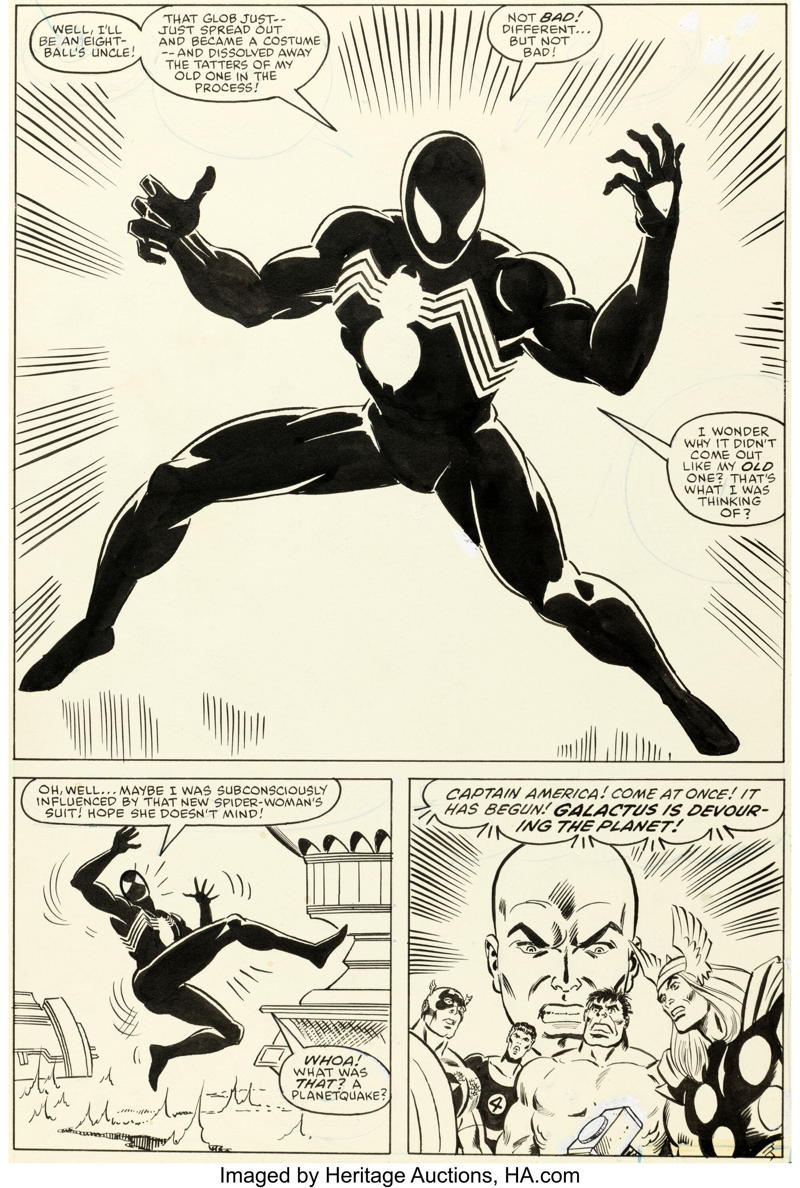
This is the highest sale for a black and white piece of interior art from a U.S. comic book. The sale also lands third all-time for an original piece of comic art behind Frank Frazetta’s Eerie #23 cover, the Egyptian Queen (see “Comic Art and Comic Book Auction Sales”), and a black and white piece from the Adventures of Tintin albums (1937) that sold for $3.58 million in 2014 (see “Comic Art Sells for $3.5 Million”).
§ for a more lighthearted Hollywood story, John Cena explains why stunts in your underwear are difficult, specifically the ones from Peacemaker.
The fight sequence in the underwear had its own set of setbacks. I loved the fight sequence in the underwear because what a symbol of vulnerability and what a symbol of humanizing someone that you only see in a helmet, a uniform. I love that aspect about it. But then the negative is no pad. So like for the stunt falls, Spencer Thomas is an absolute stud. He’s the guy who took a lot of the big stuff, including jumping out of a building. But that area is about as close to a ring as you’re going to get, so I was also adamant about wanting to do a whole lot of that fight myself. The only problem is you can’t grip on a hardwood floor and it really hurts when you fall because there’s nowhere to hide any pad, which is a lot of reason why you see actors wear long sleeves. The Peacemaker’s short-sleeve costume in itself has a lot of setbacks when it comes to doing really difficult stunt work because you just can’t put pads on places you try to land, like your elbows, your shoulder for instance, your forearms, wrists.


